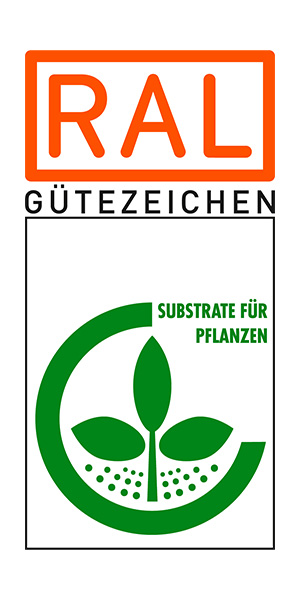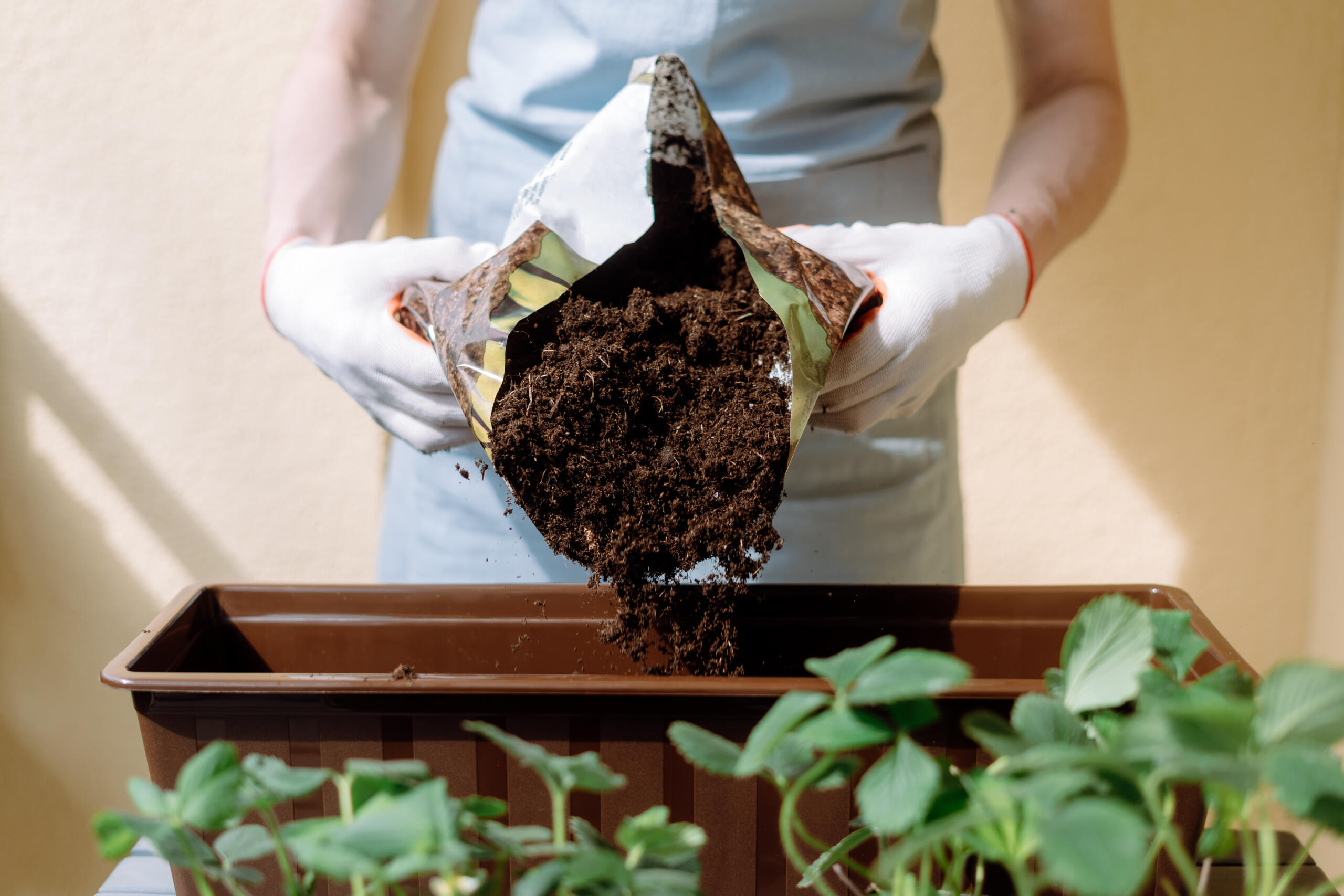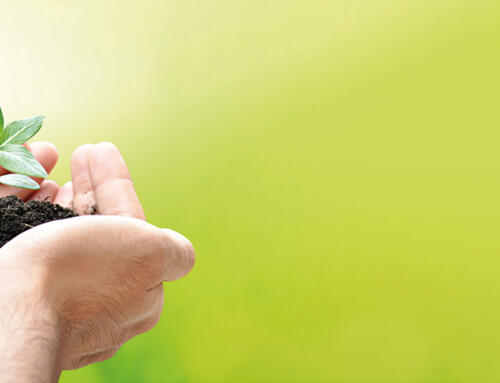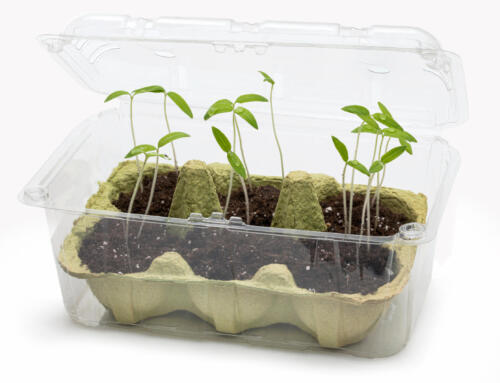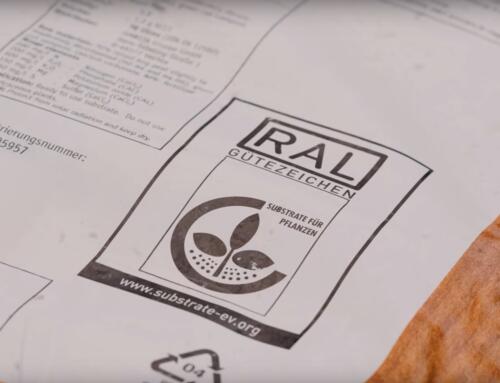Colourful, healthy houseplants and balcony flowers can improve the quality of life. They often replace or supplement your own garden. However, there is not much room for their roots in pots and hanging baskets. To ensure that the flowers do not drop their heads despite the cramped conditions, it is important to let them thrive in the “right” soil and to pay attention to quality when buying potting soil. With the right composition, a good potting soil provides the plants with all the important nutrients. The result: the flowers remain healthy even in limited space and bloom in full beauty.
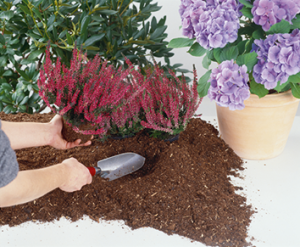 High-quality potting soil with the quality mark
High-quality potting soil with the quality mark
A good potting soil consists primarily of high-quality raw materials, the structure of which should not be too fine. Interested parties can find lots of information on the best possible composition of potting soil here. We, the Quality Association for Substrates for Plants, recommend products that carry the RAL quality mark. You can find a list of such products in our list of manufacturers. Potting soils with the RAL quality mark are monitored neutrally and are characterised by their good structure, the correct pH value and a balanced nutrient content. The high storage and drainage capacities of a good potting soil ensures that plants neither drown nor die of thirst when sufficient water is available. In addition, potting soils with the quality mark do not contain any weed seeds or growth-inhibiting substances.
Do not over-fertilise
Good potting soils already contain a certain amount of fertiliser when you buy them. The plants use this up over time. Hobby gardeners should therefore pay attention to the back of the packaging when fertilising regularly: Here you will find important information on the quantity and type of the appropriate additive. Watering should also not be overdone. Potted plants often rot in their containers as the excess water cannot drain away and literally drowns the flowers from below. The soil should therefore be sufficiently dry below the surface before watering again. You can easily test the moisture in the container with your finger without any technical bells and whistles.
